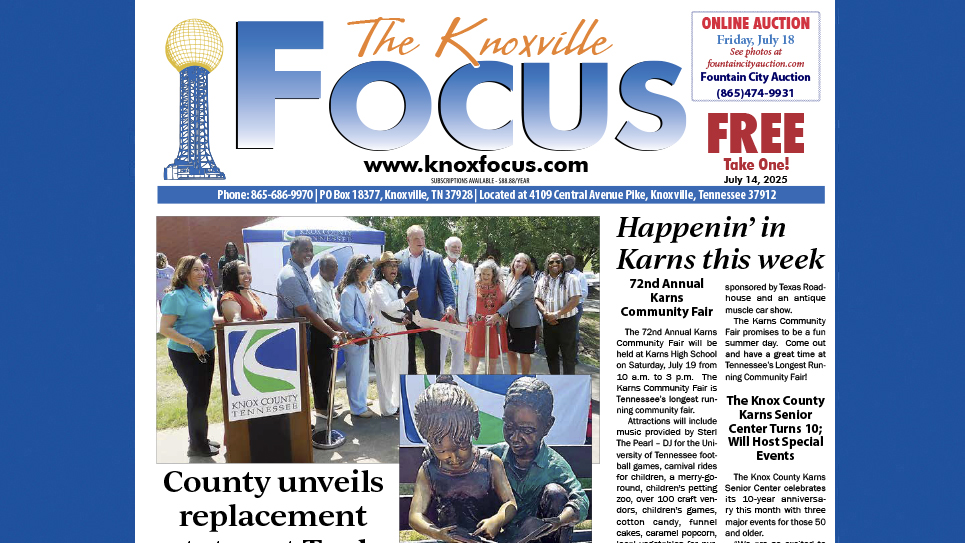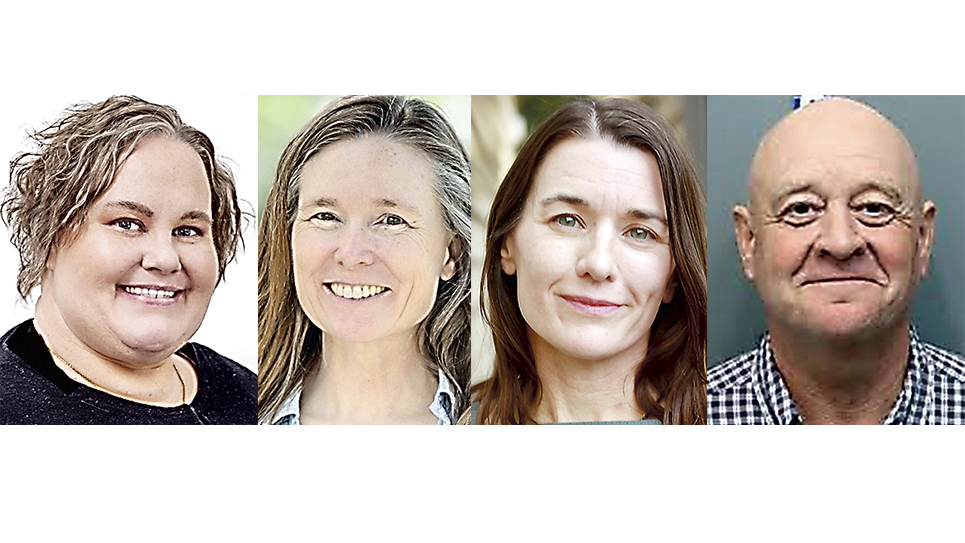Sometimes life seems complicated. There is even a movie with a similar name. My concierge medical practice seems complicated at times. Even though I take care of far fewer patients than I used to, those I look after these days, get far more attention, and my day often fills with their needs. I’m technically semi-retired, though I’ve found that “it’s a busy life.” My wife once used that very phrase on a national TV game show when asked a delicate question about our marriage.
Life is a balancing game. The same can be said of physiological functions. The balance between clotting and bleeding is a complicated issue often taken for granted – unless you have hemophilia. You might ask, why does blood flow freely in arteries and veins, yet clots when placed in a test tube? And since most of us don’t suffer from the bleeding disorder of hemophilia, cuts eventually stop bleeding. Human physiology is actually balanced slightly to the bleeding side of the equation to keep blood flowing to organs and cells of the body. This delicate balance can be disturbed when diseases of the arteries (plaque) or coagulation disorders produce abnormal clotting within blood vessels. As a result, medications are often used to counter-balance an excessive clotting tendency.
The cardiovascular system can be simplistically imagined as a pump (heart) pushing blood out under high pressure through the arteries. The arteries end in webs of tiny vessels known as capillary beds, where oxygen and nutrients are released as nourishment. On the venous side of the capillary beds waste and carbon dioxide are collected, and then flow into the low pressure venous system returning blood to the heart pump for the next cycle. The heart pumps 5 liters/quarts of blood around the body every minute, and flow is dependent on liquid blood.
The immediate response to an injury such as a cut is for tiny circulating cells called platelets to plug the holes in injured blood vessels. Next, a patch is formed over the plugged hole by protein coagulation factors. Finally, the white blood cell “repair crew” shows up, cleans up the mess, orchestrates repair of the damaged tissues, and then “everyone” goes home as the inflammatory response of injury subsides. However, if the cellular repair and growth process proceeds unchecked, cancer results. It’s a complicated process, and an elegant, if not sublime, dance.
Hemophilia is a bleeding disorder that results from a deficiency of several clotting factors. Coumadin or warfarin is a therapeutic agent that also depletes clotting factors to produce a bleeding tendency and counter-balance diseases with excessive clotting. Interestingly, warfarin has a greater therapeutic effect on the venous side of the circulatory system. The reason for this is complicated, but in part is due to the delicate lining membrane of the high pressure arterial system known as the endothelium which I’ve discussed in other Focus essays.
We’ve known for a long time that aspirin inhibits the function of platelets and can actually decrease the chance of second heart attack or stroke by about 25%. However, before you rush out and start popping aspirin you should be aware that the benefits are more difficult to measure in primary prevention (in people who have never had a heart attack or stroke). Everything has a risk/benefit ratio. The benefits of preventing another heart attack certainly outweigh the risks of aspirin induced platelet dysfunction in persons with known vascular disease. However, the risk of aspirin induced bleeding may be excessive in people prone to falls or in emergency surgery or car wrecks. It’s complicated, and you should discuss aspirin therapy with your doctor.
What prompted this essay is a new class of medications called NOACs or novel oral anticoagulants. These agents are different than aspirin, Plavix or other agents that alter platelet function. And they don’t deplete protein clotting factors like warfarin. These agents block the function of various clotting factors and counteract the excessive clotting tendency of certain diseases. It’s complicated.
The ingenuity of humans never ceases to amaze me. We now live in an age of legal “designer” drugs/medications. This is especially true in cancer therapy where drugs are designed to inhibit crucial enzymes and stop the growth of cancer cells. I have an extended family member who has chronic leukemia and is alive today because she takes one of the new and fabulously expensive kinase inhibitor drugs. As long as she takes this medicine her disease is held in check.
The biggest problem with these new anticoagulant drugs is their expense. This is often the case with new medications or innovations. Drug companies often receive a lot of bad press. However, they are the innovators of new products through their research and development (R&D) division. These companies are in business to make money, and if they aren’t able to make a profit, there won’t be resources for new therapy research. Furthermore, if you own mutual funds you undoubtedly own stock in pharmaceutical companies. Your 401K benefits when drug companies turn a profit.
When a new drug is formulated it is patented and then rigorously tested in the laboratory and finally in clinical trials. It takes years and a lot of money to pass our rigorous FDA scrutiny and come to market. Consequently, only a few years may remain on a patent before generic formulations are allowed to produce comparable agents. It is during this window of opportunity that pharmaceutical companies are able to recoup their R&D debt and realize a profit. We’d all like drugs to be less expensive, and I’m not defending mercenary pricing, I’m just informing you of perspectives that will never be covered by the media. And don’t expect the government to find a cure for cancer.
The lack of an antidote for excessive bleeding is another problem with the NOAC drugs, but I’m sure one will be discovered. Importantly, the NOACs are as effective or better than the standard therapies, and these drugs are easier to use. Furthermore, there is no hassle or expense of testing to monitor anticoagulant therapy with these agents, as is necessary with warfarin.
Yes, life and medical decisions are often complicated. This is why I preach that such nuanced care is best rendered by an experienced and engaged physician. Now, that’s not so complicated; it’s common sense!






